BREAKING NEWS
LATEST POSTS
-
Python – The Black code style formatting
https://black.readthedocs.io/en/stable/the_black_code_style/current_style.html
The Black code style guide emphasizes consistency, readability, and minimizing diffs in Python code. Key formatting rules include ignoring previous formatting, preferring double quotes, adding trailing commas, and wrapping lines to fit within 88 characters. Black standardizes whitespace usage, avoids unnecessary vertical space, and ensures uniform handling of parentheses, comments, and numeric literals. The formatter also aligns with PEP 8 and PEP 257 standards, and provides options to adjust line length and skip string normalization for specific projects.
-
Want to build a start up company that lasts? Think three-layer cake
https://www.fastcompany.com/91131427/want-to-build-a-company-that-lasts-think-three-layer-cake
Building a successful business requires a focus on three key elements: product excellence, go-to-market strategy, and operational excellence. Neglecting any of these areas can lead to failure, as evidenced by the high percentage of startups that don’t make it past the five-year mark. Founders and CEOs must ensure a solid product foundation while also integrating effective sales, marketing, and management strategies to achieve sustainable growth and scale.
- Foundation: Product Excellence, Core Values and Mission
- Core Values: These are the guiding principles that dictate behavior and action within the company. They form the ethical foundation and are crucial for maintaining consistency in decision-making.
- Mission: This defines the company’s purpose and goals. A clear and compelling mission helps align the team and provides a sense of direction.
- Efficiency and Scalability: This layer focuses on creating efficient processes that can scale as the company grows. Streamlined operations reduce costs and increase productivity.
- Structure: Operational Excellence and Innovation
- Operational Excellence: Efficient processes, quality control, and continuous improvement fall into this layer. Ensuring that the company operates smoothly and effectively is crucial for sustainability.
- Innovation: Staying competitive requires innovation. This involves developing new products, services, or processes that add value and keep the company relevant in the market.
- Quality Control and Continuous Improvement: Ensuring that operational processes are of high quality and constantly improving helps maintain product excellence and customer satisfaction.
- Technology and Infrastructure: Investing in the right technology and infrastructure to support business operations is vital. This includes everything from manufacturing equipment to software systems that enhance operational efficiency.
- Strategy: Go-to-Market Strategy, Vision and Long-Term Planning
- Vision: A forward-looking vision inspires and motivates the team. It outlines where the company aims to be in the future and helps in setting long-term goals.
- Strategic Planning: This involves setting long-term goals and determining the actions and resources needed to achieve them. It includes market analysis, competitive strategy, and growth planning.
- Market Understanding: A deep understanding of the target market, including customer segments, competitors, and market trends, is essential. This knowledge helps in positioning the product effectively.
- Marketing and Sales Execution: This involves creating a robust marketing plan that includes branding, messaging, and advertising strategies to attract and retain customers. Additionally, building a strong sales strategy ensures that the product reaches the right customers through the right channels.
- Customer Acquisition and Retention: Effective strategies for acquiring new customers and retaining existing ones are critical. This includes loyalty programs, customer service excellence, and engagement initiatives.
- Foundation: Product Excellence, Core Values and Mission
-
Raspberry Pi is getting in on AI
https://www.theverge.com/2024/6/4/24170818/raspberry-pi-ai-chip-hailo-devices
As the AI craze continues, even the microcomputer company Raspberry Pi plans to sell an AI chip. It’s integrated with Raspberry Pi’s camera software and can run AI-based applications like chatbots natively on the tiny computer.
-
BorisFX Silhouette 2024 – What’s New in Roto
https://cdn.borisfx.com/borisfx/store/silhouette/2024-0/Silhouette-2024-WhatsNew.pdf
Matte Assist ML
Automatically generates a matte over time based on single or multiple
keyframed roto shapes or input mattes using machine learning object
segmentation and propagation.Optical Flow ML
Generates machine learning powered optical flow data for use in one of the
Roto based node’s Flow Tracker: Roto, Roto Blend, Tracker, Power Mask,
Morph and Depth. Optical flow estimates per-pixel motion between frames and
can be used to track shapes and objects.Retime ML
A machine learning motion estimation and retiming model that produces
smooth motion. Expands or contracts the timing of a selected range of frames. -
Eating rocks and other shocking Google AI answers we’ve seen so far
https://www.fastcompany.com/91132974/shocking-google-ai-overview-answers
No. Do NOT eat rocks or put them into food!
-
Daniel Parris – The Broken Economics of Streaming Services: A Stats Explainer
https://www.statsignificant.com/p/the-broken-economics-of-streaming
This report examines the financial instability in the streaming industry, focusing on the unsustainable economic models of platforms such as Paramount Plus.
Content Costs and Subscriber Retention
- Expenditure on Content: Streaming services invest heavily in content creation and acquisition to attract subscribers.
- Diminishing Returns: The escalating costs lead to diminishing returns as subscriber growth plateaus.
Competitive Landscape
- Continuous Production: High competition forces continuous, expensive content production to retain subscribers.
Future Projections
- Cable TV Model: The industry may shift towards models resembling traditional cable TV, incorporating advertising, subscription bundling, and higher prices to achieve financial sustainability.
NEWS TV NEWS
Hollywood’s Top TV Execs Are Happy About The Death Of Peak TV – Here’s Whyhttps://www.slashfilm.com/1593571/peak-tv-dead-hollywood-top-tv-execs-happy/
- Streaming services weren’t required to reveal their subscription numbers or actual viewership
- Shows just needed to look good on paper for investors and stockholders.
- Creators and actors soon learned they weren’t getting paid beyond an initial flat fee; royalties were now gone.
- 600 shows at once wasn’t good for anyone
- Thanks to the strikes, it all came crashing down
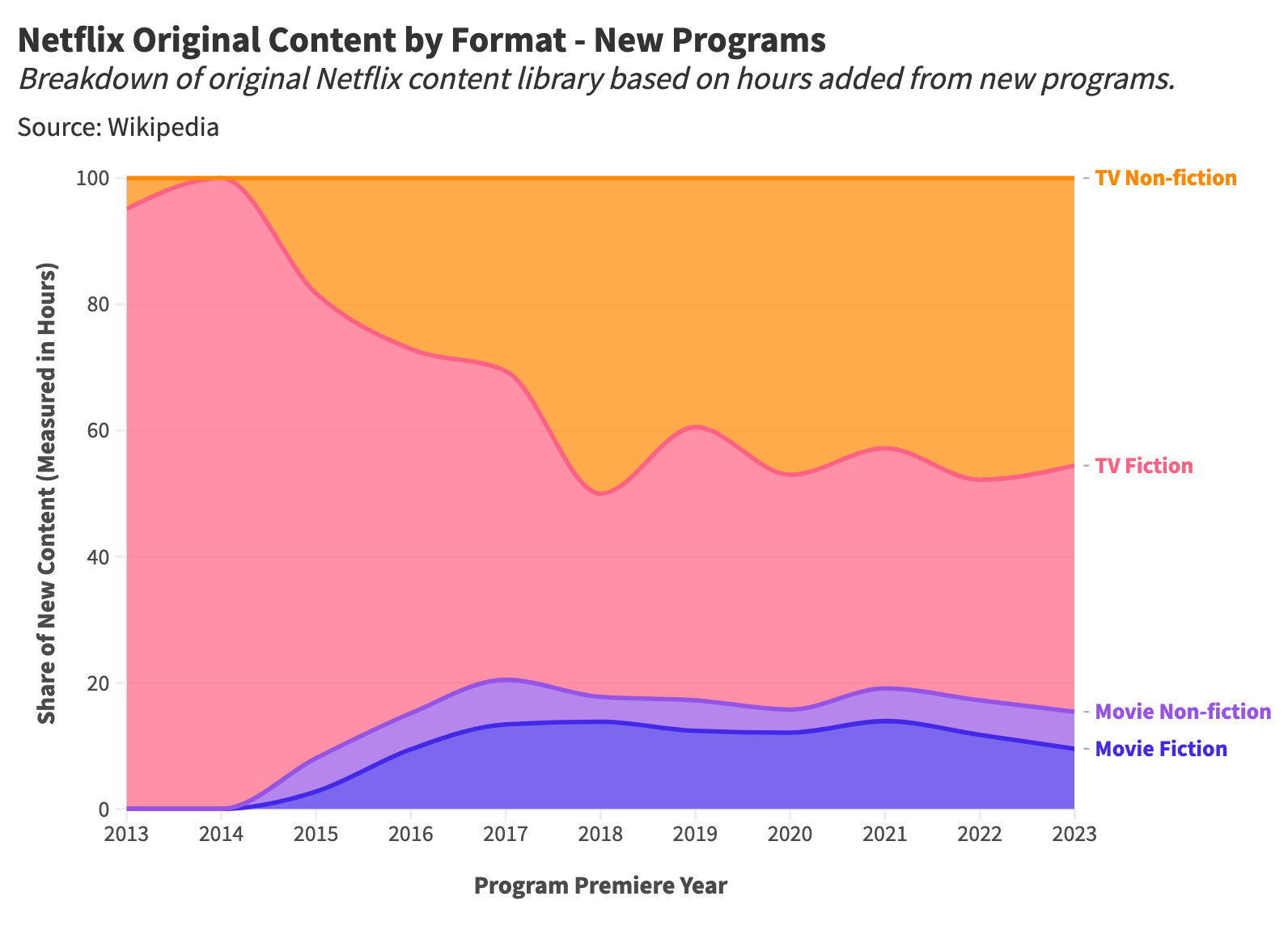
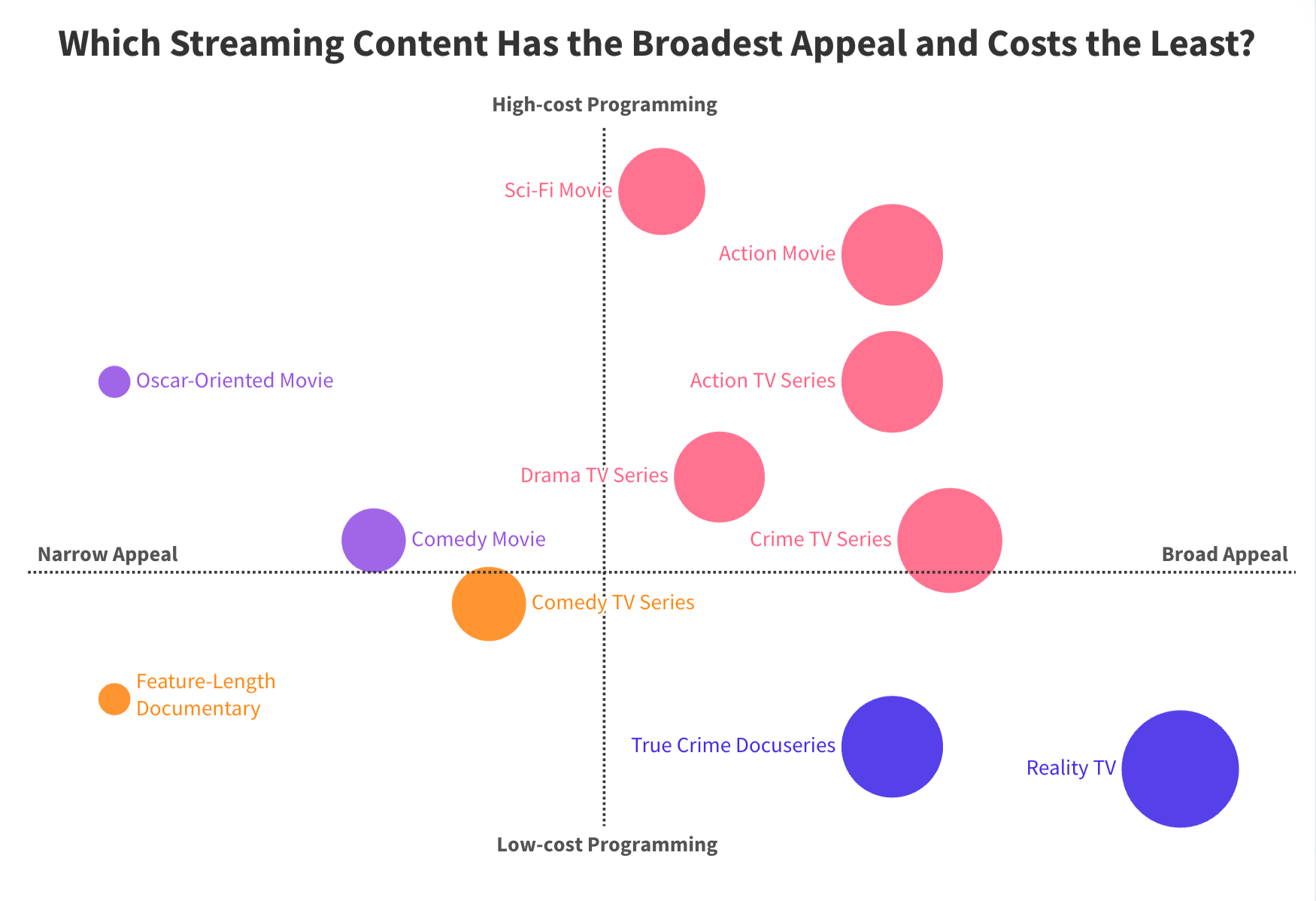
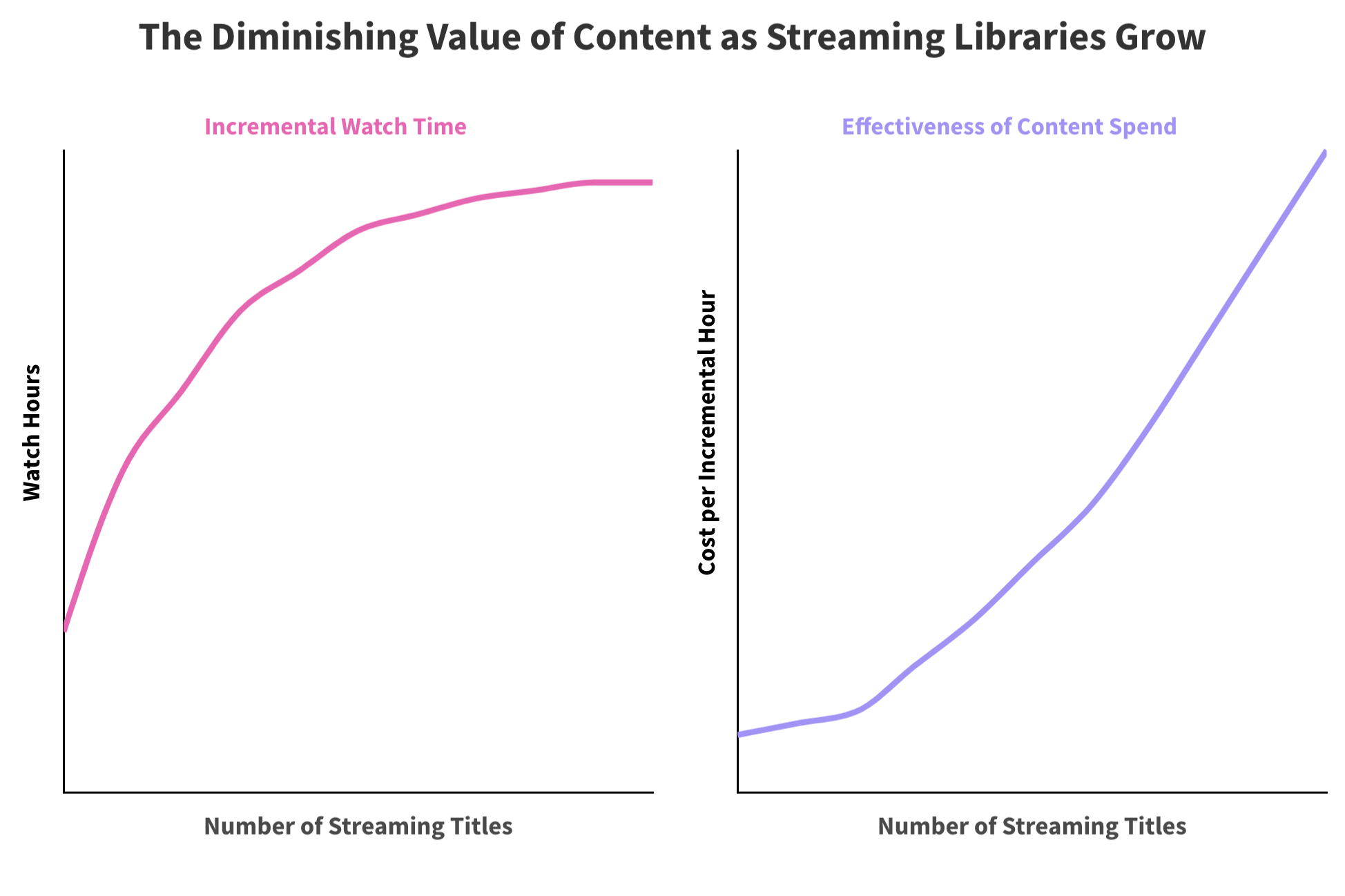
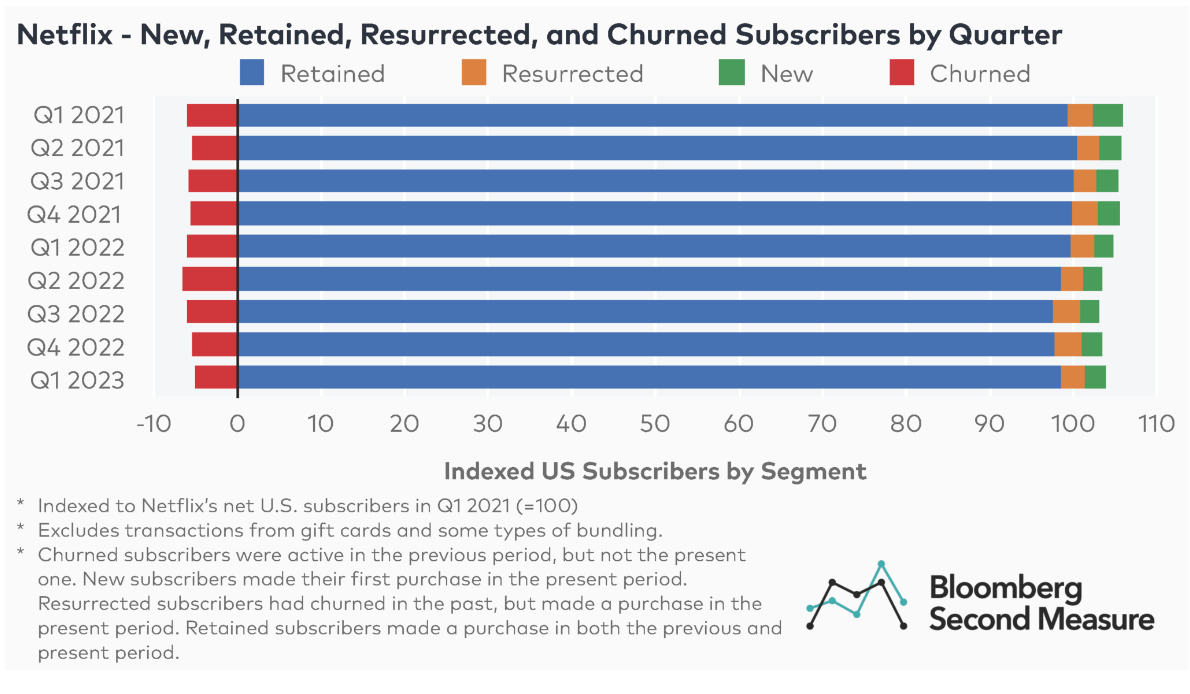
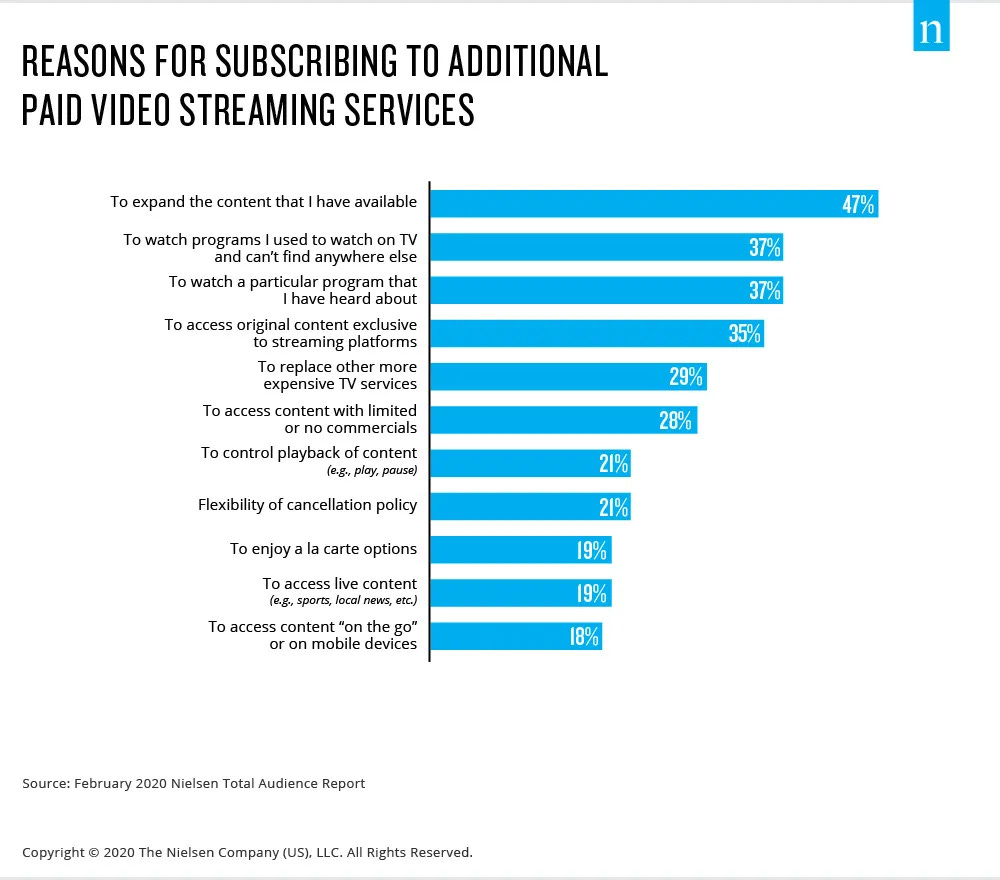
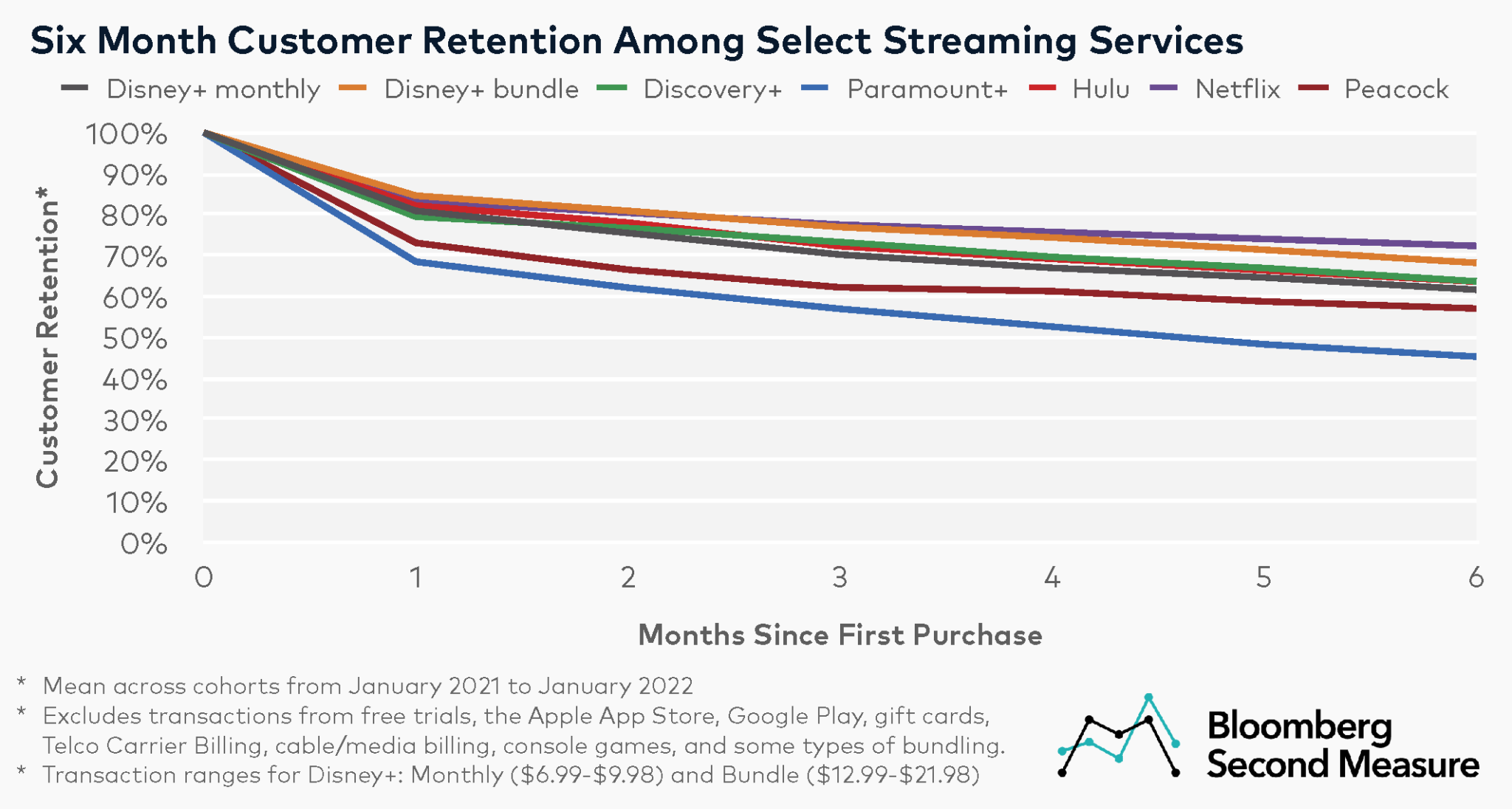
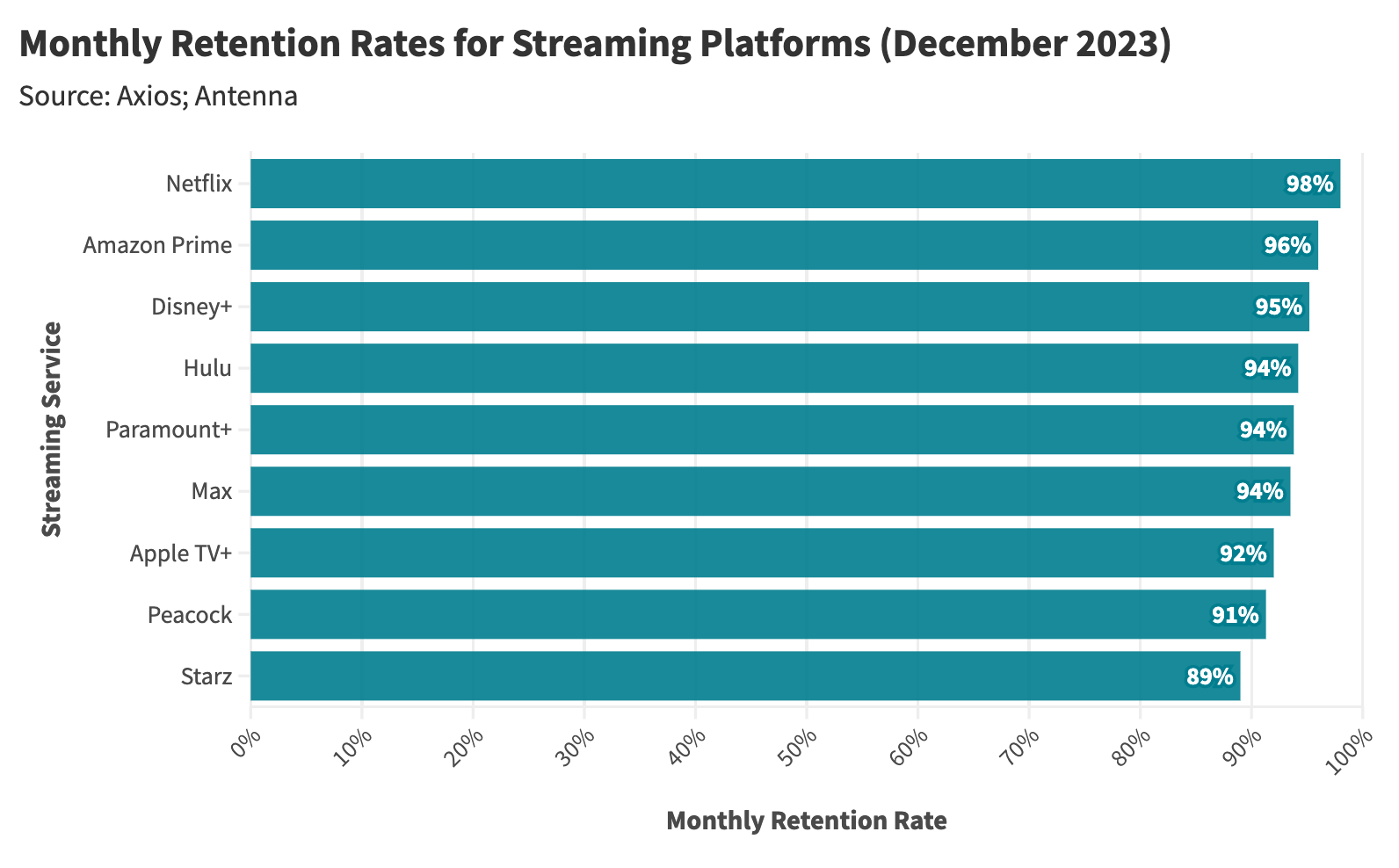
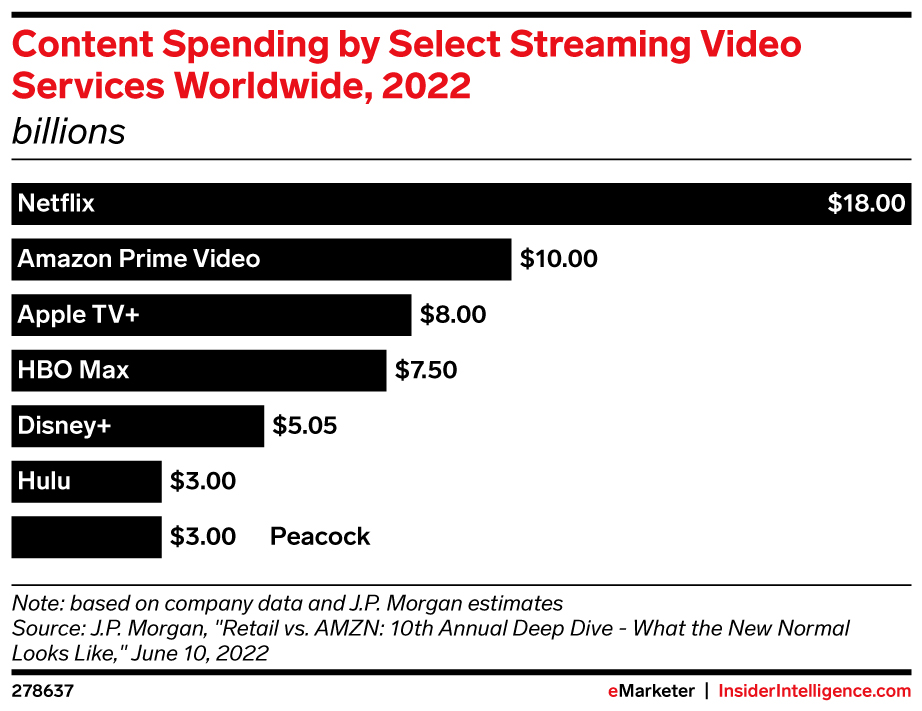
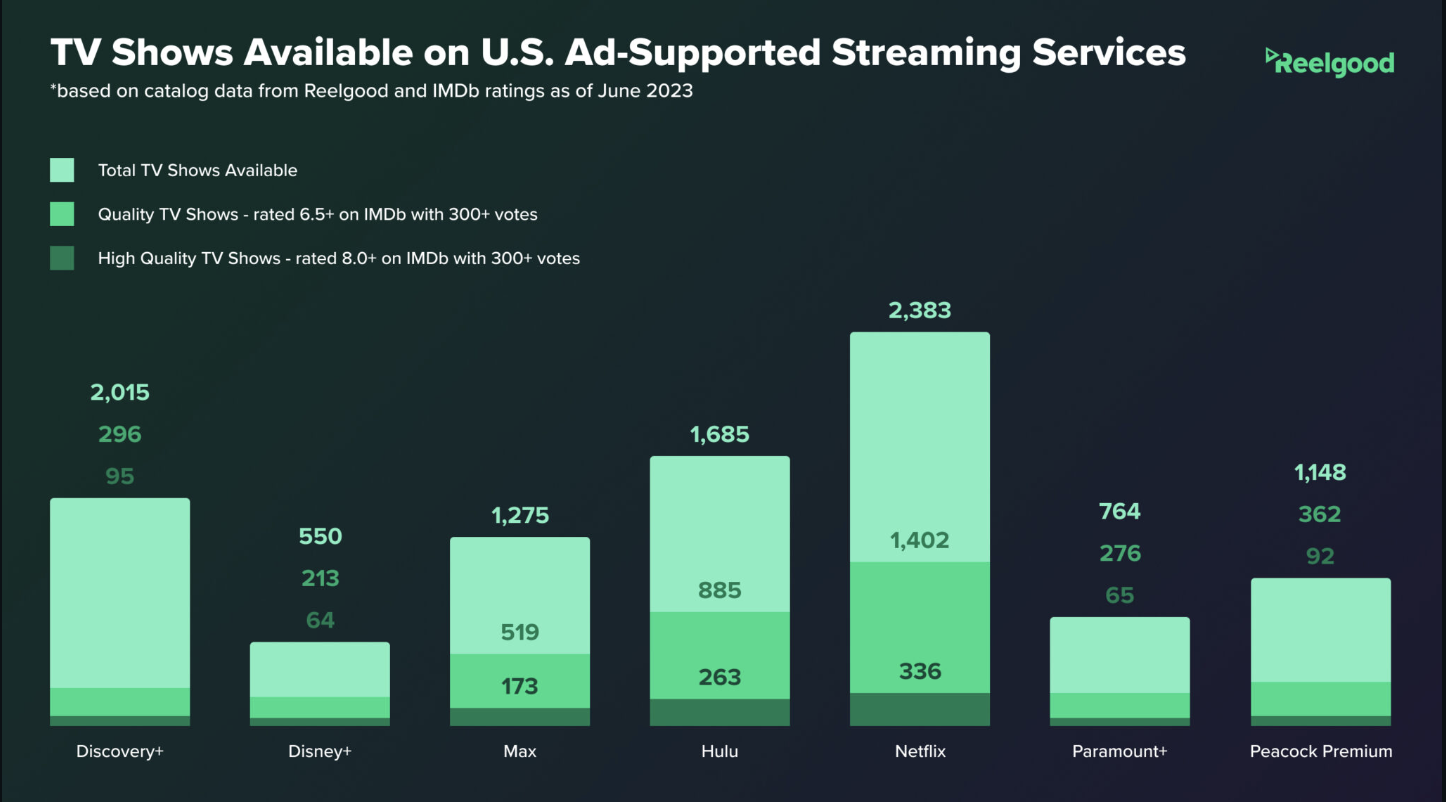
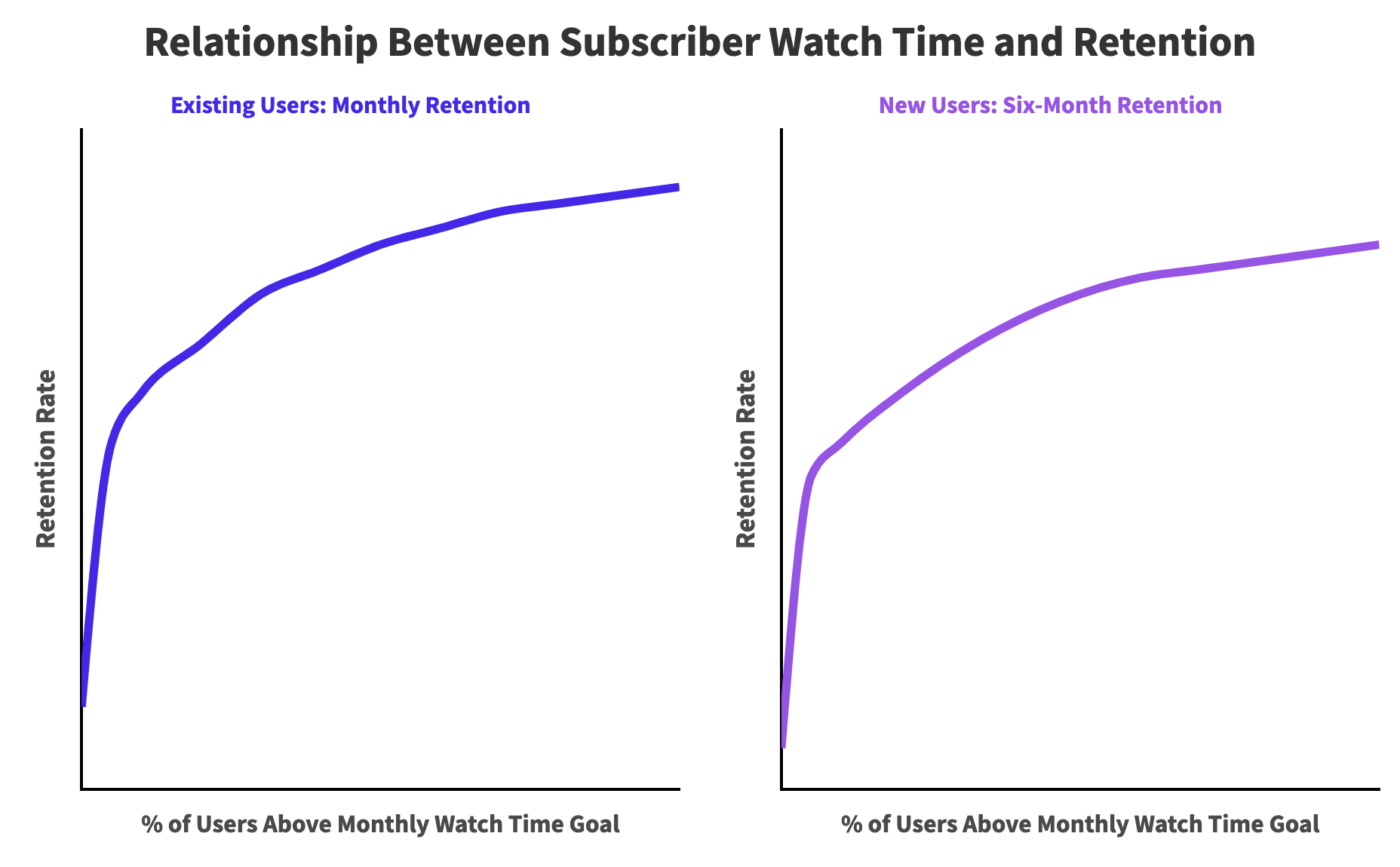
FEATURED POSTS
-
Emmanuel Tsekleves – Writing Research Papers
Here’s the journey of crafting a compelling paper:
1️. ABSTRACT
This is your elevator pitch.
Give a methodology overview.
Paint the problem you’re solving.
Highlight key findings and their impact.
2️. INTRODUCTION
Start with what we know.
Set the stage for our current understanding.
Hook your reader with the relevance of your work.
3️. LITERATURE REVIEW
Identify what’s unknown.
Spot the gaps in current knowledge.
Your job in the next sections is to fill this gap.
4️. METHODOLOGY
What did you do?
Outline how you’ll fill that gap.
Be transparent about your approach.
Make it reproducible so others can follow.
5️. RESULTS
Let the data speak for itself.
Present your findings clearly.
Keep it concise and focused.
6️. DISCUSSION
Now, connect the dots.
Discuss implications and significance.
How do your findings bridge the knowledge gap?
7️. CONCLUSION
Wrap it up with future directions.
What does this mean for us moving forward?
Leave the reader with a call to action or reflection.
8️. REFERENCES
Acknowledge the giants whose shoulders you stand on.
A robust reference list shows the depth of your research.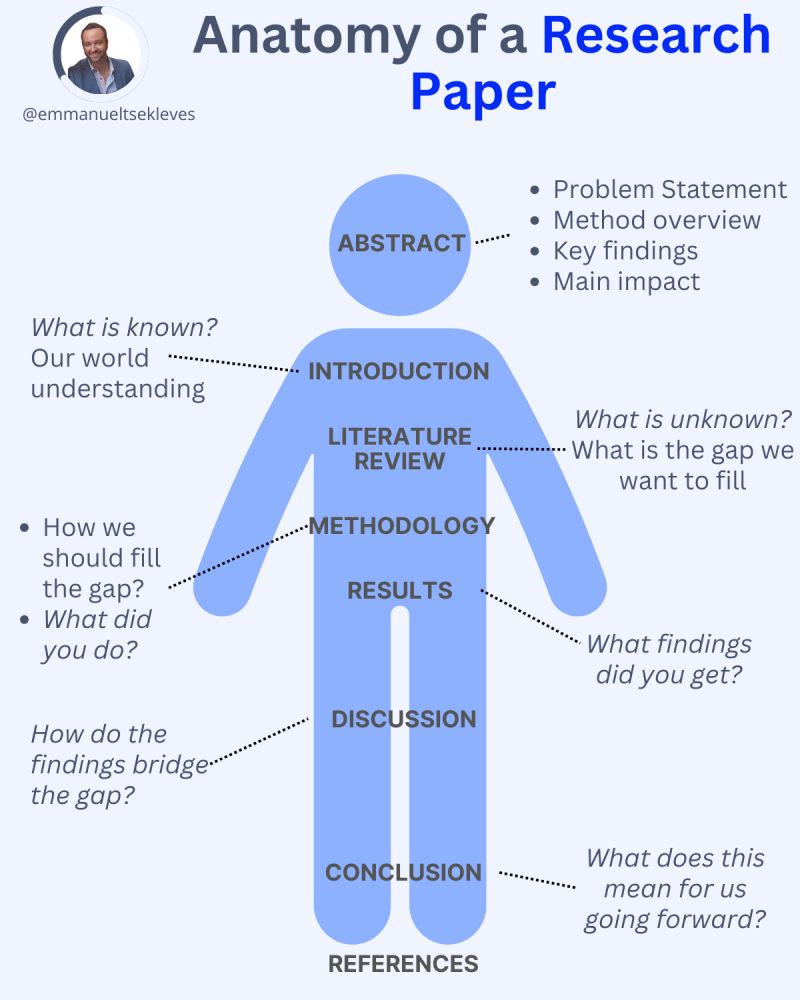
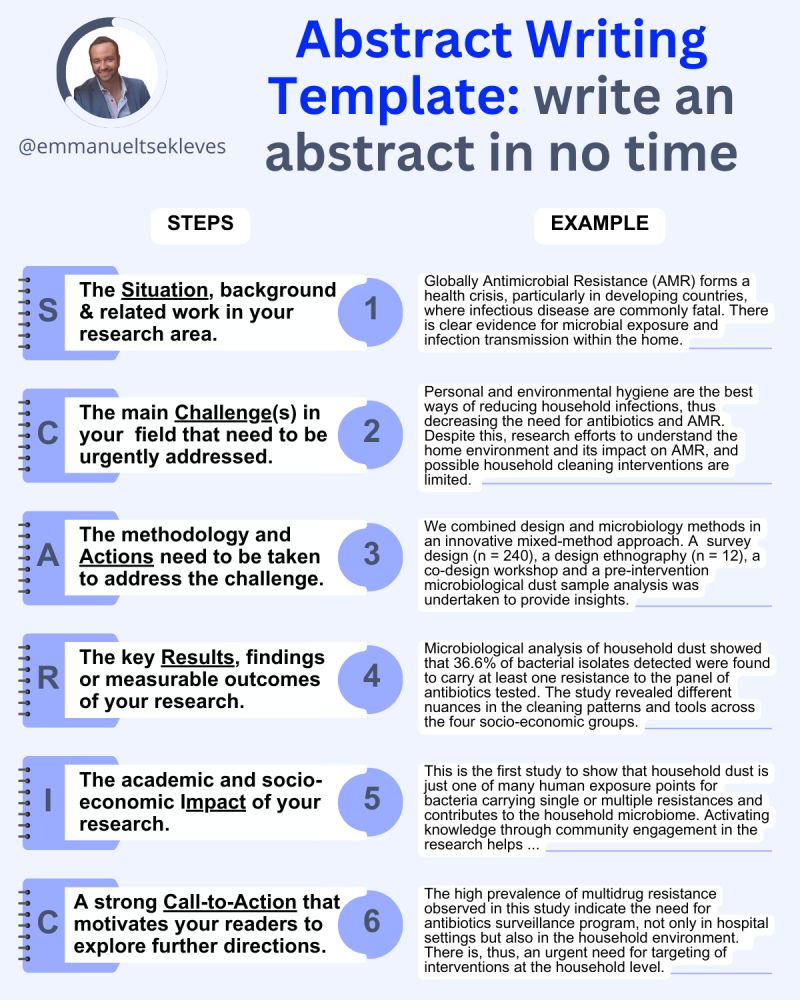
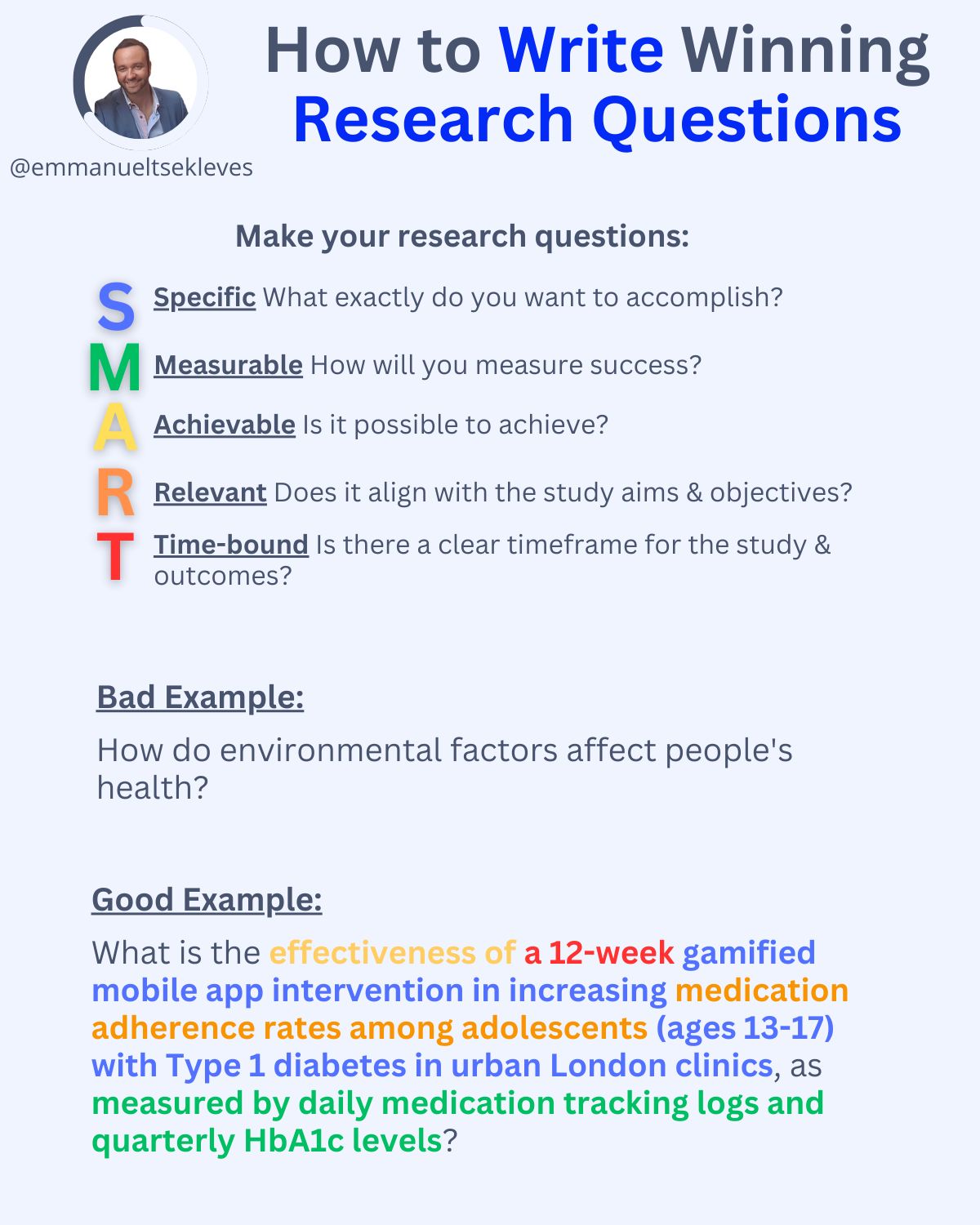
-
AI and the Law – Netflix : Using Generative AI in Content Production
https://www.cartoonbrew.com/business/netflix-generative-ai-use-guidelines-253300.html
- Temporary Use: AI-generated material can be used for ideation, visualization, and exploration—but is currently considered temporary and not part of final deliverables.
- Ownership & Rights: All outputs must be carefully reviewed to ensure rights, copyright, and usage are properly cleared before integrating into production.
- Transparency: Productions are expected to document and disclose how generative AI is used.
- Human Oversight: AI tools are meant to support creative teams, not replace them—final decision-making rests with human creators.
- Security & Compliance: Any use of AI tools must align with Netflix’s security protocols and protect confidential production material.

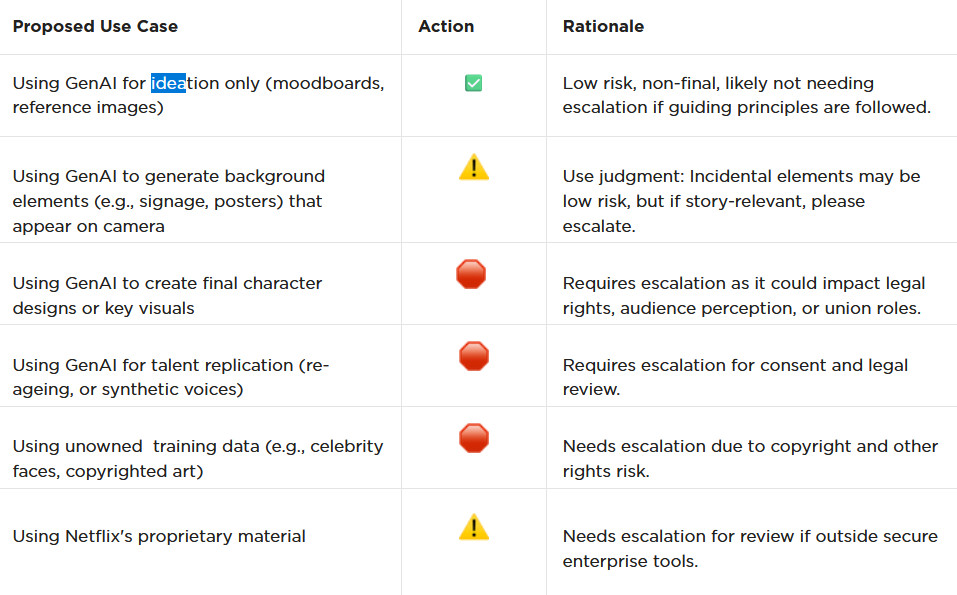
-
“Reality” is constructed by your brain. Here’s what that means, and why it matters.
“Fix your gaze on the black dot on the left side of this image. But wait! Finish reading this paragraph first. As you gaze at the left dot, try to answer this question: In what direction is the object on the right moving? Is it drifting diagonally, or is it moving up and down?”

What color are these strawberries?

Are A and B the same gray?

-
Narcis Calin’s Galaxy Engine – A free, open source simulation software
This 2025 I decided to start learning how to code, so I installed Visual Studio and I started looking into C++. After days of watching tutorials and guides about the basics of C++ and programming, I decided to make something physics-related. I started with a dot that fell to the ground and then I wanted to simulate gravitational attraction, so I made 2 circles attracting each other. I thought it was really cool to see something I made with code actually work, so I kept building on top of that small, basic program. And here we are after roughly 8 months of learning programming. This is Galaxy Engine, and it is a simulation software I have been making ever since I started my learning journey. It currently can simulate gravity, dark matter, galaxies, the Big Bang, temperature, fluid dynamics, breakable solids, planetary interactions, etc. The program can run many tens of thousands of particles in real time on the CPU thanks to the Barnes-Hut algorithm, mixed with Morton curves. It also includes its own PBR 2D path tracer with BVH optimizations. The path tracer can simulate a bunch of stuff like diffuse lighting, specular reflections, refraction, internal reflection, fresnel, emission, dispersion, roughness, IOR, nested IOR and more! I tried to make the path tracer closer to traditional 3D render engines like V-Ray. I honestly never imagined I would go this far with programming, and it has been an amazing learning experience so far. I think that mixing this knowledge with my 3D knowledge can unlock countless new possibilities. In case you are curious about Galaxy Engine, I made it completely free and Open-Source so that anyone can build and compile it locally! You can find the source code in GitHub
https://github.com/NarcisCalin/Galaxy-Engine












